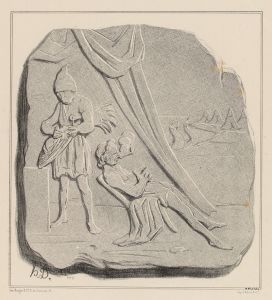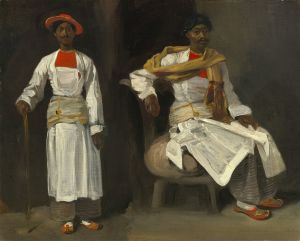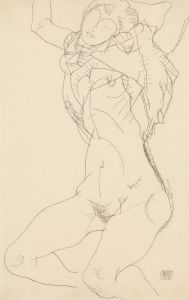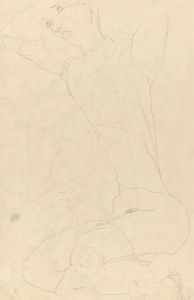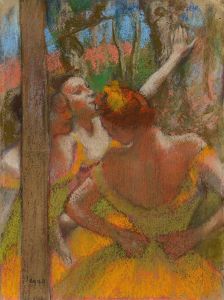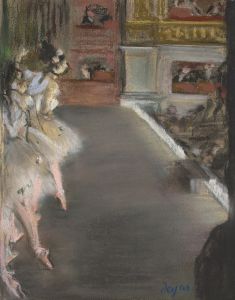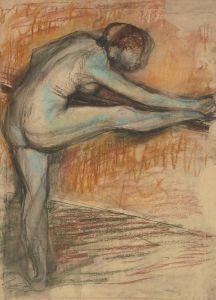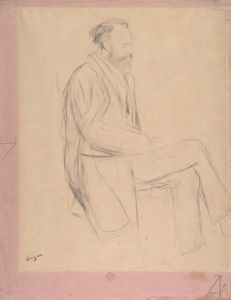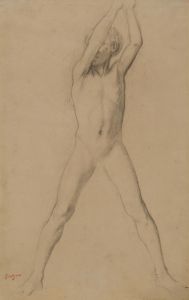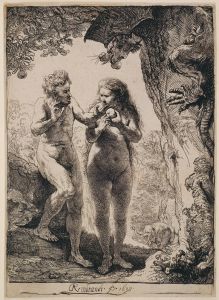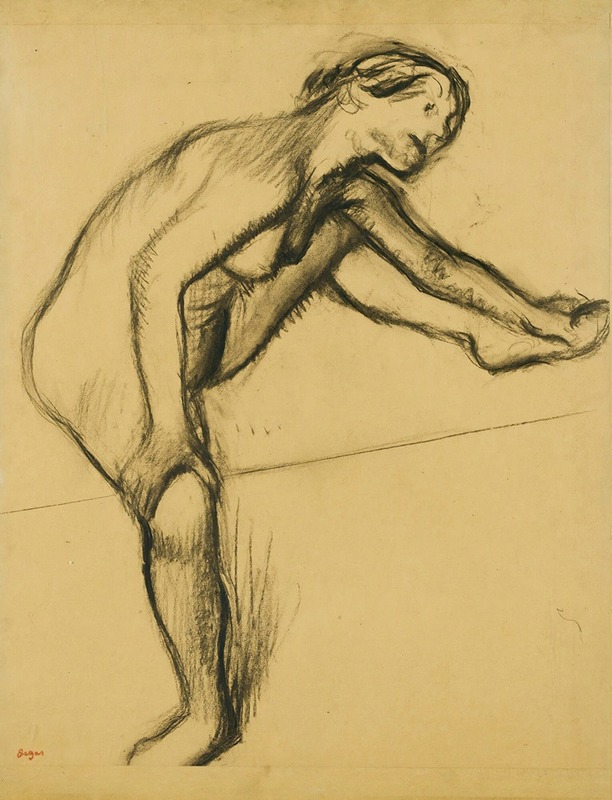
Étude De Nu
A hand-painted replica of Edgar Degas’s masterpiece Étude De Nu, meticulously crafted by professional artists to capture the true essence of the original. Each piece is created with museum-quality canvas and rare mineral pigments, carefully painted by experienced artists with delicate brushstrokes and rich, layered colors to perfectly recreate the texture of the original artwork. Unlike machine-printed reproductions, this hand-painted version brings the painting to life, infused with the artist’s emotions and skill in every stroke. Whether for personal collection or home decoration, it instantly elevates the artistic atmosphere of any space.
Étude De Nu, also known as "Study of a Nude," is a work by the renowned French artist Edgar Degas. Degas, born on July 19, 1834, in Paris, France, is widely recognized for his contributions to the Impressionist movement, although he preferred to be identified as a realist. His works often depict dancers, nudes, and scenes of Parisian life, characterized by their innovative composition and keen observation of human form and movement.
Étude De Nu is one of Degas's many studies of the human body, showcasing his exceptional skill in capturing the subtleties of the human form. This particular piece is a testament to his dedication to understanding anatomy and movement, which he meticulously studied throughout his career. Degas's approach to nudes was often more analytical and less idealized compared to his contemporaries, focusing on the natural and sometimes unglamorous aspects of the human body.
The medium of Étude De Nu is typically pastel on paper, a technique Degas frequently employed, especially in his later years. Pastels allowed him to achieve a remarkable range of textures and colors, contributing to the lifelike quality of his figures. The use of pastels also enabled Degas to work quickly and make spontaneous adjustments, which was crucial for capturing the dynamic poses of his subjects.
In Étude De Nu, Degas's mastery of light and shadow is evident. He uses these elements to create depth and volume, giving the figure a three-dimensional presence on the two-dimensional surface. The composition is often noted for its unconventional angles and cropping, a hallmark of Degas's style that reflects his interest in photography and Japanese prints, both of which influenced his work.
Degas's nudes, including Étude De Nu, were sometimes controversial due to their candid and unidealized portrayal of the female form. Unlike the more romanticized nudes of the time, Degas's studies often depicted women in private, unguarded moments, adding a sense of realism and intimacy. This approach challenged traditional notions of beauty and propriety in art, contributing to the broader modernist movement that sought to depict life more authentically.
Throughout his career, Degas produced numerous studies and finished works featuring nudes, each contributing to his exploration of form, movement, and the human condition. Étude De Nu stands out as a significant example of his work in this genre, reflecting his relentless pursuit of artistic truth and his innovative spirit.
Degas continued to work and evolve as an artist until his death on September 27, 1917. His legacy endures through his extensive body of work, which continues to be celebrated for its technical brilliance and profound insight into human nature. Étude De Nu remains an important piece within this legacy, exemplifying Degas's unique approach to the depiction of the human form.





